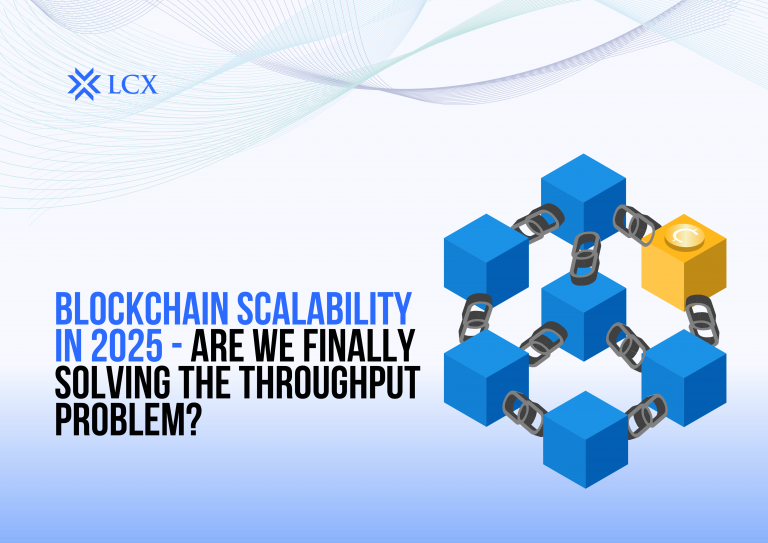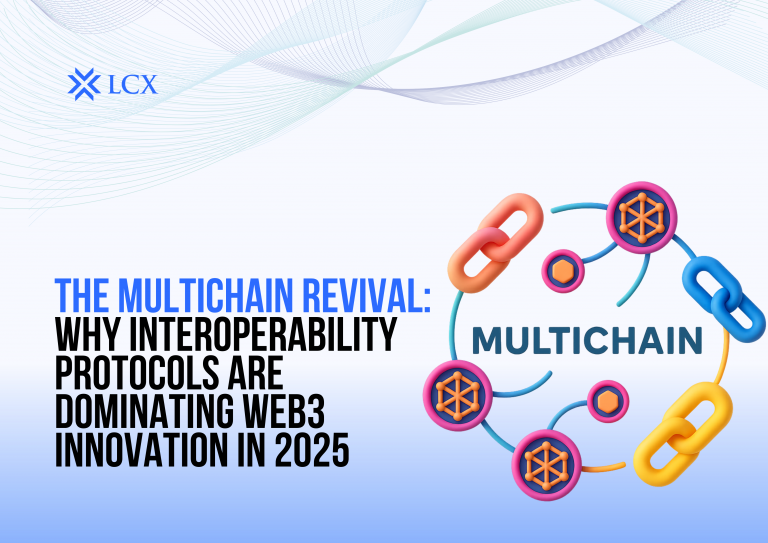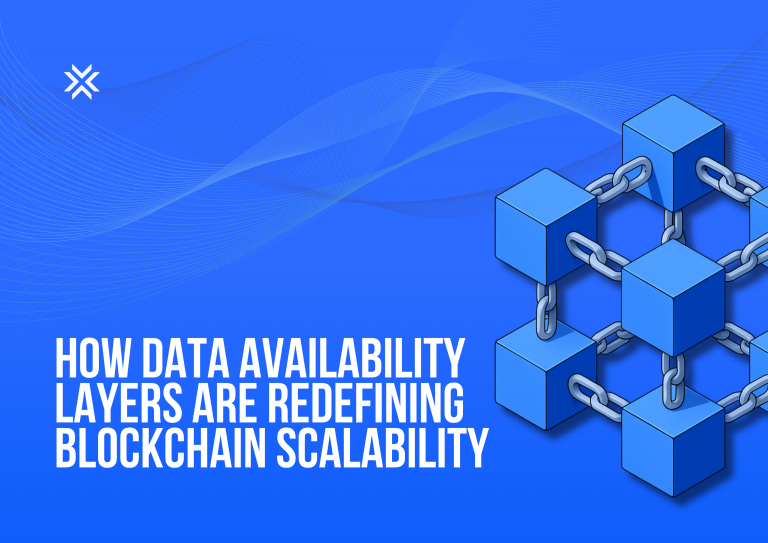The world of cryptocurrency thrives on trust—trust that transactions are secure, wallets are protected, and blockchains cannot be easily broken. At the heart of this trust lies cryptography, the mathematical backbone that makes modern digital money possible. But as technology advances, so too do the threats. One of the most significant challenges on the horizon is the rise of quantum computing—a technology powerful enough to crack the encryption standards that safeguard today’s financial systems.
This is where Post-Quantum Cryptography (PQC) comes in. PQC represents the next evolution of cryptographic security, designed to withstand attacks from quantum computers. And in 2025, it’s no longer just a theoretical discussion—real-world adoption is beginning, making PQC a critical learning topic for anyone involved in crypto.
What’s the Quantum Threat?
To understand the urgency behind PQC, we need to first explore why quantum computing is disruptive. Traditional computers process information in bits—zeros and ones. Quantum computers, however, use qubits, which can exist as zeros, ones, or both at once (thanks to superposition). This allows them to perform complex calculations at speeds unimaginable to classical machines.
For cryptography, this presents a major risk. Algorithms like RSA and elliptic curve cryptography (ECC), which currently protect blockchains, exchanges, and wallets, rely on the difficulty of solving mathematical problems such as factoring large numbers or calculating discrete logarithms. A sufficiently advanced quantum computer could solve these problems in minutes—instantly breaking the very foundation of crypto security.
Enter Post-Quantum Cryptography (PQC)
PQC refers to a family of cryptographic algorithms designed to be secure even against quantum attacks. Unlike classical methods, PQC algorithms are built around problems that even quantum computers struggle with, such as lattice-based cryptography, code-based encryption, and multivariate polynomial equations.
In simple terms, PQC creates quantum-proof locks for your digital assets. Even if a powerful quantum machine attempts to break them, the mathematics remains prohibitively difficult, preserving security for blockchains, exchanges, and wallets.
Why PQC Matters in 2025
Until recently, PQC was mostly confined to academic research and government labs. But in 2025, momentum has shifted toward real-world integration. Following years of research, the U.S. National Institute of Standards and Technology (NIST) began standardizing post-quantum algorithms, encouraging industries worldwide to prepare for “Q-Day”—the moment when quantum computers can actually break classical cryptography.
For crypto, the implications are massive:
- Long-term security: Digital signatures used in Bitcoin, Ethereum, and other blockchains may become vulnerable within the next decade. PQC ensures these signatures remain intact.
- Future-proof wallets: Exchanges and custodians are exploring PQC-based solutions to guarantee that assets stored today will still be safe tomorrow.
- Regulatory push: Governments are urging industries to adopt quantum-resistant measures now, rather than waiting until it’s too late.
PQC in the Crypto Space
Several projects and companies have already begun experimenting with PQC:
- Hybrid cryptography models are being tested, where traditional and quantum-resistant algorithms are combined during the transition phase.
- Crypto wallets and exchanges are exploring PQC-enabled signatures to protect transactions against future quantum attacks.
- Blockchains are considering upgrades to integrate PQC into consensus mechanisms, ensuring the integrity of the network for decades to come.
This isn’t just a theoretical safeguard—it’s a proactive step the industry must take to remain viable as quantum technology advances.
The Road Ahead
Adopting PQC won’t happen overnight. Transitioning entire blockchains and financial infrastructures to new cryptographic systems is a massive undertaking. It requires coordination across developers, regulators, exchanges, and users. But ignoring the shift isn’t an option. The day quantum computers achieve the power to break ECC or RSA, all unprepared systems could be compromised instantly.
The good news? By starting early, crypto platforms can implement PQC gradually, ensuring a smooth transition without disrupting users. Already in 2025, we’re seeing pilot integrations and discussions at the highest levels—clear signs that the industry is preparing for the future.
Final Thoughts
The promise of cryptocurrency has always been about empowering people with secure, transparent, and decentralized money. But that promise is only as strong as the cryptography that protects it. With quantum computing looming on the horizon, Post-Quantum Cryptography is no longer optional—it’s essential.
For learners, investors, and builders alike, understanding PQC today is an investment in tomorrow. Quantum-proof crypto isn’t just about preparing for what’s coming—it’s about ensuring that the trust and security we rely on in digital finance remain unshakable for generations to come.









